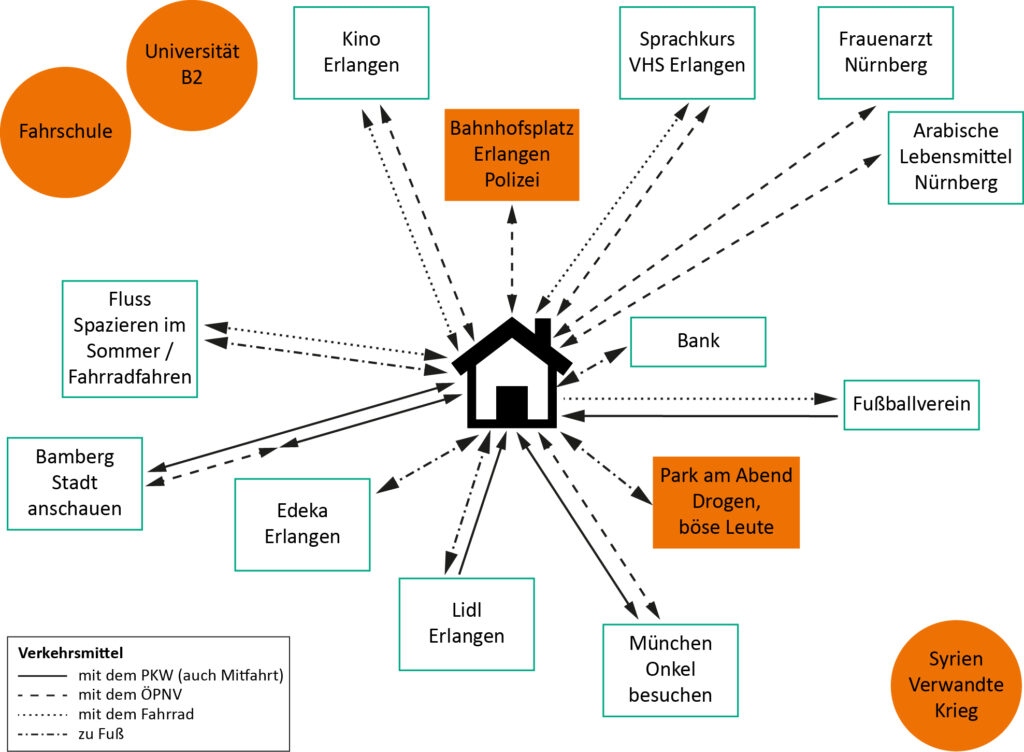About the project

About the project
Against the backdrop of increasing demand for skilled workers in the care and nursing sector and the growing visibility of care gaps, nurses and care workers with a so-called migrant background are already indispensable. To date, academic studies have largely focused on isolated phases (e.g., recruitment) or working conditions, with little differentiation in spatial contexts.
The project “Gesundheit! Inclusion in the Care and Nursing Sector,” funded by Stiftung Mercator and based at the FAU Research Center for Human Rights Erlangen-Nuremberg (FAU CHREN), examines the sustainable employment of care workers with a so-called migration background in urban and rural areas of Germany. Beyond workplace conditions, social inclusion in everyday life plays a decisive role in whether individuals choose to stay. With this research project, we aim to identify favorable conditions that promote staying within the workplace and local community.
We adopt an interdisciplinary perspective, integrating political science, public health, and human geography, focusing on the following aspects:
- Preparation for Germany and recruitment abroad and locally
- Settling into the workplace and local community
- Staying in the workplace and local community
Key questions include:
- What specific challenges do care workers and nurses with a so-called migration background as well as facilities face in these three phases? What support systems are already in place, and what gaps remain?
- How do working and living conditions differ between urban and rural areas?
- How is collaboration between facilities, municipalities, and civil society organized to improve the participation of these care workers? What good practices can be identified?
- What factors influence the decision to remain in their workplace and local community?
Empirical data is generated using innovative, tailored methods and tools, such as:
- Guided interviews with stakeholders from facilities (management, HR staff, and practical trainers), municipalities, educational and advisory institutions, and civil society organizations
- Biographical interviews with employees, including mobility mappings to capture their living environments

Kordel et al. 2023: 52
Study regions include urban and rural municipalities that reflect structural diversity, such as socio-economic conditions, rurality (Küpper 2016), and old-age dependency ratios.

Abb. Study Regions “Gesundheit!”
